In CEG group, we collect samples from the nature for various projects such as MeioSkag and PolyPro3 (marine invertebrates) and ANTENNA (insects). Here in the Northern Europe the best season for sampling usually is in the summer, or one might travel to an exotic location to find specific species. But can we find marine invertebrates in Norway when the temperatures are approaching sub zero conditions? Let’s find out!
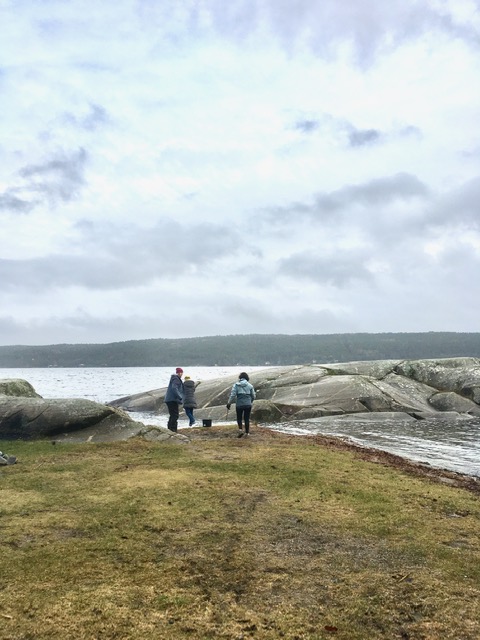
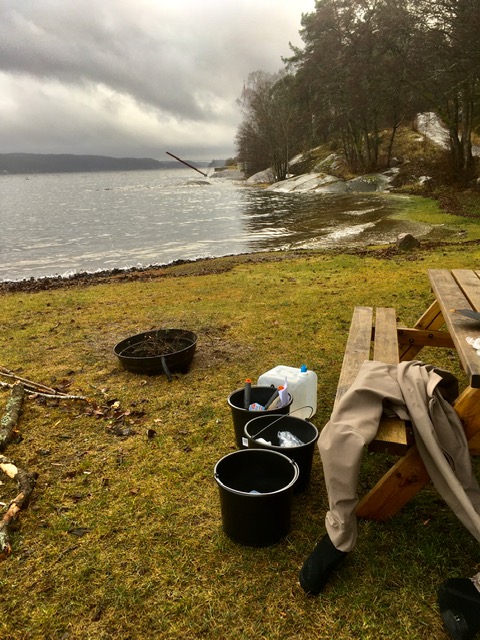
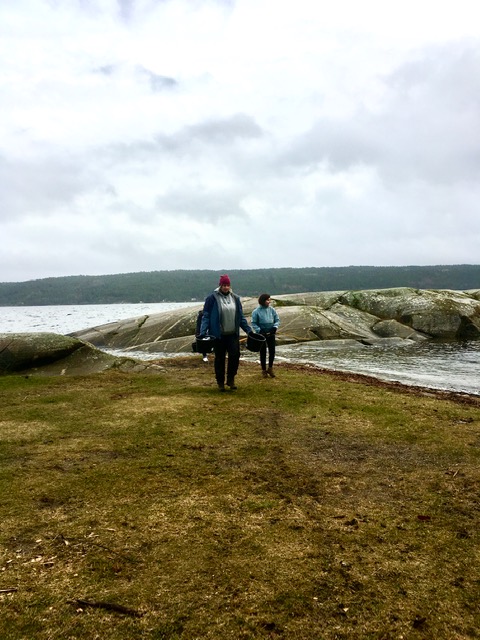
Our most recent expedition to sample marine invertebrates took place only last week. It had been snowing the previous day but the temperature was not too cold for digging up worms (or for the scientists to stay warm). Sam, Pia, Ana and Annis drove to Presteskjær in Nesodden that is a rectreational beach not too far from Oslo. We have succesfully sampled there before in more warmer seasons, so we knew the animals should be there. First, we targeted meiofaunal species by making a transect and digging up sand from set distances and depths along the transect, where we have previoulsy found these species. Then we went into the water and tried to find a specific polychaete, a tube dwelling bristle worm called Pygospio elegans, that can be found by sieving below water sediment through 1 mm mesh sieves. At Presteskjær, we have previously found them from sediment collected at approximately knee-deep water and that is where we were searching for this time as well.
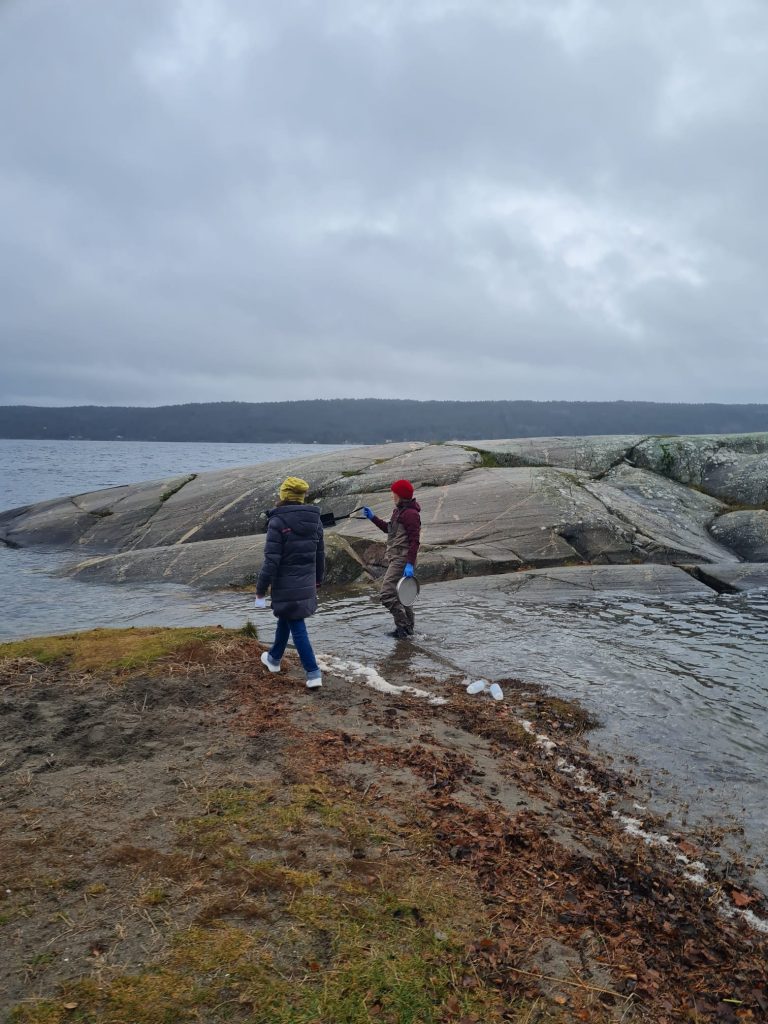
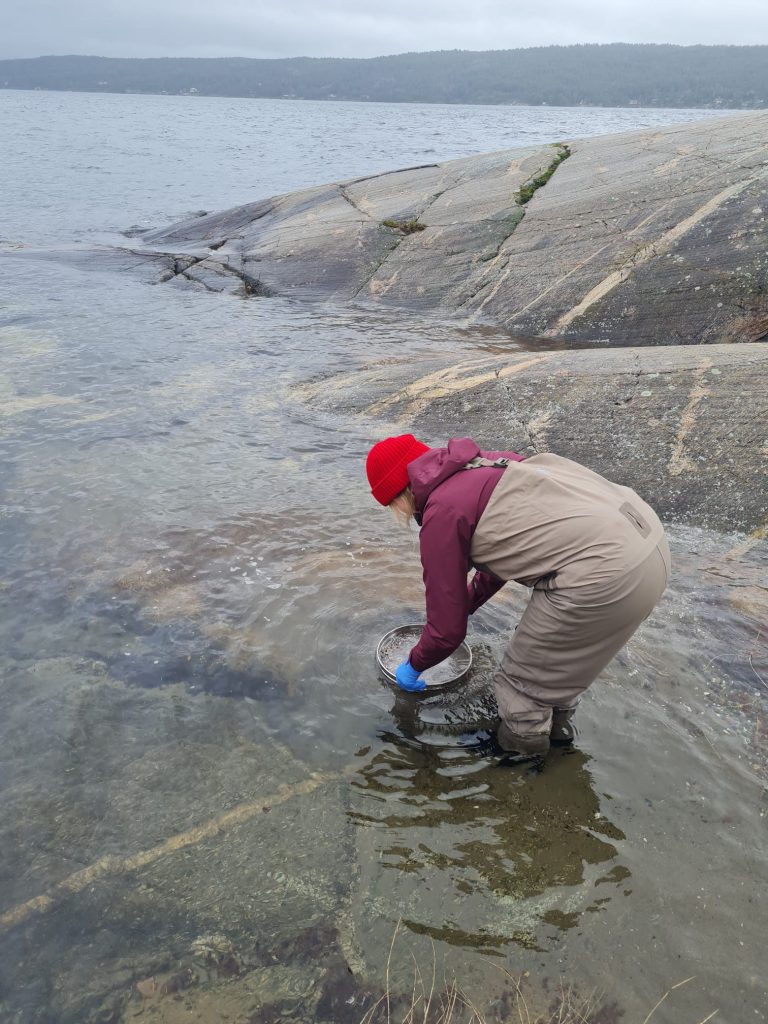
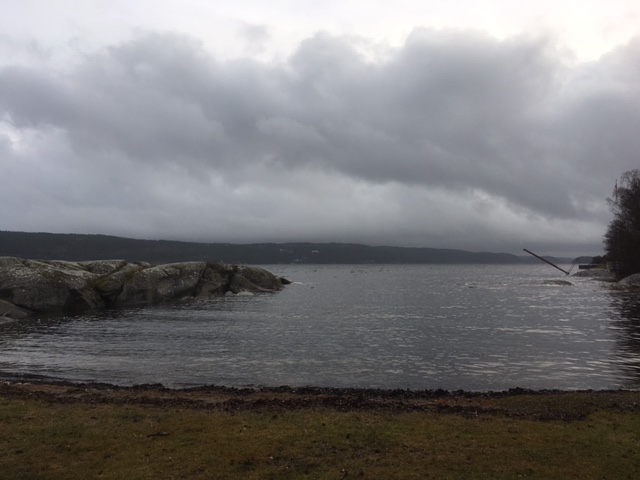
How did we do? Despite the animals being abundant here earlier in the fall (September – October), we were not succesfull in finding the bristle worms. It is likely that this species prefers to move into more deeper waters when the temperatures drop to avoid freezing and this time we could only sample from waist deep water without getting completely wet. With meiofauna the story is a bit more complicated. First, one has to take the samples into the lab and sort the animals out of the collected sand. We did have some luck, but the diversity of the found species was only a fraction of what we know to be there in more warmer seasons. We were able to find some oligochaetes and nematodes (and a rotifer), but not nearly as many as we were expecting and for example no polychaetes at all. Perhaps these species also migrate deeper into the sediment to avoid freezing and do not stay where they can normally be found.
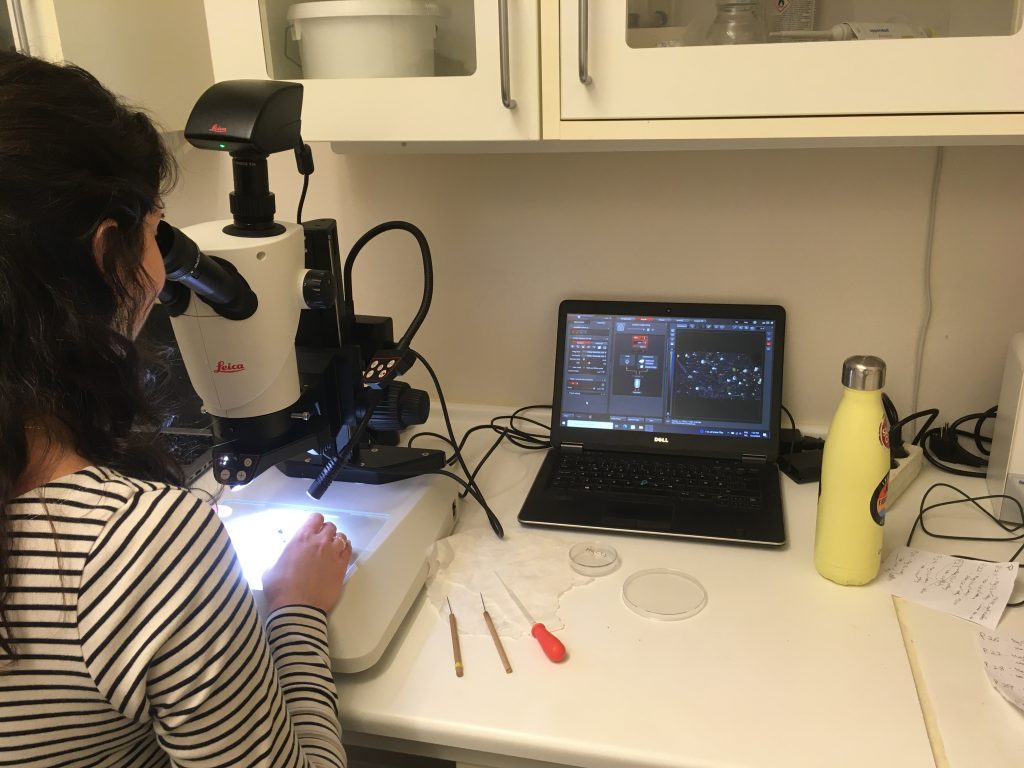
So, is it worth to go sampling for marine invertebrates in winter in Norway? According to our expedition, not if you follow the same procedures as in summer/ earlier in autumn. One would need to make changes on how the sampling is done and perhaps sample more extensively around the areas the animals have previously been found. For P. elegans, maybe next time we should try diving? Or just stick to sampling earlier in the season!
![]()
